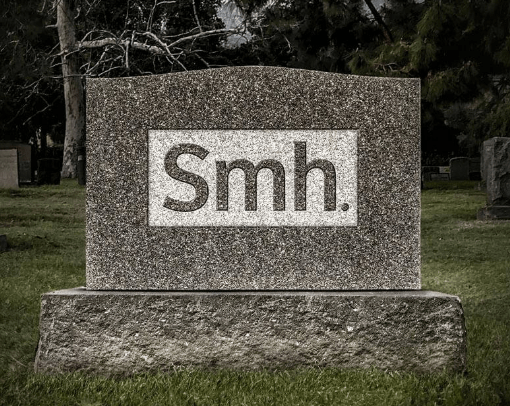Distracted driving is rampant -- the most recent proof comes from a huge data release from Zendrive, which found that drivers with smartphones use them on 88 percent of trips. Zendrive estimates that each day in the U.S., roughly 600 million car trips involve distracted driving.
Federal agencies already attributed about 10 percent of annual traffic fatalities -- about 3,500 to 4,000 lives lost -- to distracted driving. Zendrive's data suggests the actual number may be much higher.
Paul Steely White, executive director of New York City's Transportation Alternatives, says the educational approach to the problem, like PSAs warning drivers about distraction, is clearly falling short.
"If millions of ads admonishing the behavior only gets us 12 percent compliance, we need a tech fix for this," he said.
So what is stopping us from implementing technological solutions to preventing distracted driving? Smartphone makers like Apple have long had the technology to sense when a car is in motion. They can also tell whether the phone user is a driver or a passenger and disable certain features, like texting, social media accounts and videos.
The problem is, the smartphone industry doesn't want to use this technology to prevent distracted driving.
The New York Times reported last September that Apple patented a "lock out" mode back in 2008. In the text of the patent, the company explains that this type of safety feature may be the only way to prevent thousands of needless deaths: “Texting while driving has become so widespread that it is doubtful that law enforcement will have any significant effect on stopping the practice."
But mobile device manufacturers, afraid of losing market share, have foregone these fixes -- and federal safety regulators have let them.
In 2013, the National Highway Traffic Safety Administration first proposed a series of "voluntary guidelines" to reduce the potential for driver distraction. The first round of guidelines applied to in-dash information systems. More recently, NHTSA has proposed guidelines for hand-held devices.
These guidelines -- which have not been finalized -- ask companies to automatically pair handheld phones with in-dash systems to at least free up drivers' hands and reduce the time drivers aren't looking at the road. (Although these in-dash systems impose a degree of cognitive impairment as well.) NHTSA also urges device makers to include a "driver mode" that would disable more distracting features while the car is in motion. For example, a dash-mounted device would not display the Twitter app or allow the driver to text.
But these rules are weak, and no company will be forced to comply with them. There is a legal question of whether NHTSA, which has regulated cars, has the authority to regulate cell phones. In 2013, Car and Driver spoke with agency officials who said they expect the voluntary guidelines for in-dash systems to eventually become mandatory.
Deb Trombley, a spokesperson for the National Safety Council, said her organization would prefer mandates, not recommendations, but that the political climate is not favorable. A National Safety Council survey found that if phone makers did comply with distracted driving guidelines, it could have a huge impact. More than half of all drivers reported they would not uninstall safety features that limited use of certain apps behind the wheel [PDF].
Meanwhile, distracted driving is becoming just another habit to millions and millions of Americans. To advance regulations with teeth -- the kind that would save thousands of lives a year -- we might need a mass movement that delivers a shock to the political system, like the ones waged by Ralph Nader for seat belts, or by Mothers Against Drunk Driving to establish strict drunk driving laws. And right now, no one is doing that in an organized way.
I reached out to MADD to ask if the group is doing any advocacy around distracted driving. The answer was no.





